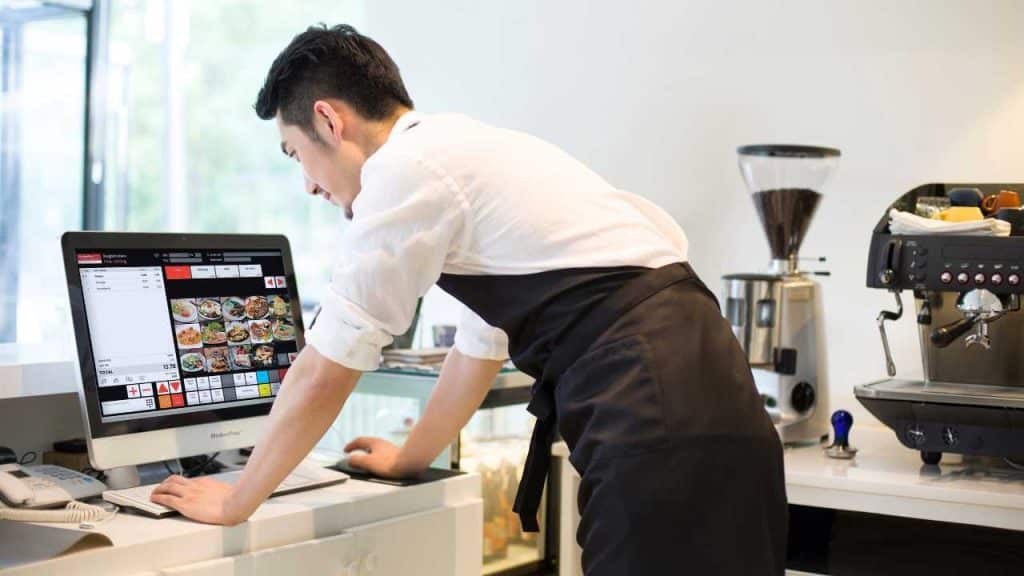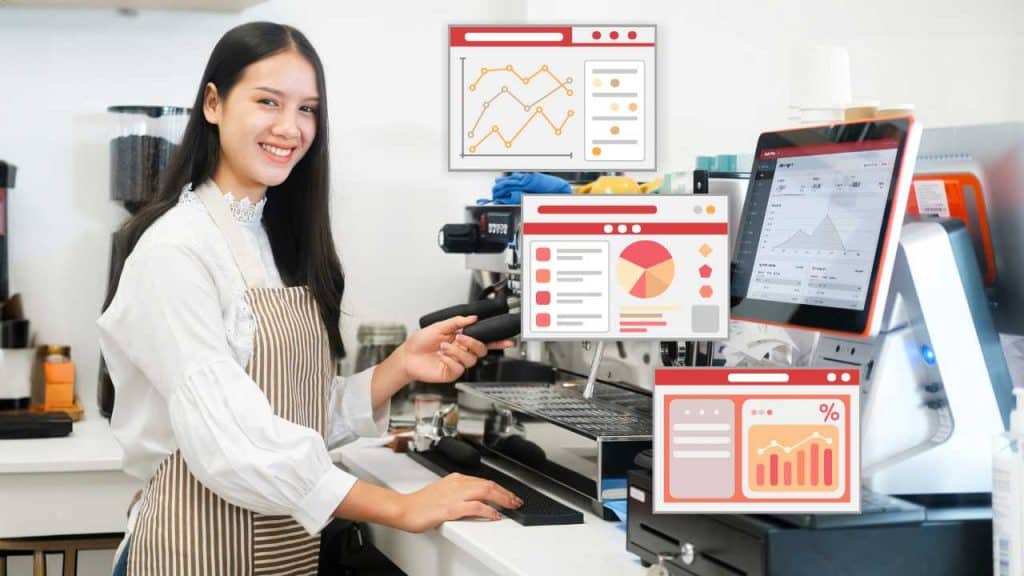Introduction
No doubt, a delightful spread and inviting ambiance do set the ball rolling in the fast F&B industry; but that is not all for sure-shot success. There comes a game-changer for you now, which has the potential to make all the difference: strategic use of Point of Sale (POS) systems, offering a blueprint for menu mastery and financial prosperity.
The above statements are not mere numbers and records of transactions; they drill down a detailed insight into consumer behavior, preference, and how your business performs. The POS system analytics enable F&B operators like you to refine your offerings further, customize your price point, and optimize operational efficiency to ensure your business thrives. Understanding how POS systems work is crucial if you’re pondering how to start a shop business in Malaysia or anywhere else.
To get a glimpse of how POS systems are elevating the dining experience beyond mere transactions, enhancing order accuracy, and speeding up service, look at How POS Systems Spice up the Dining Experience Beyond Transactions.
Advanced Insights from POS Data: Beyond the Basics

#1 Menu Engineering and Optimization
Menu engineering goes beyond identifying top sellers and poor performers. By analyzing POS data, you can establish the profitability and popularity of the items and categorize them correspondingly. This insight lets you strategically design their menu to highlight popular and profitable dishes while reevaluating or removing those that don’t perform well. For those curious about how to start a shop business, particularly an F&B venture in Malaysia, leveraging a POS system Malaysia designed for local market nuances can be beneficial.
Strategic Application:
- Cross-Analysis with Cost
Evaluate each menu item not only by its sales performance but also by its cost-effectiveness. Those high-margin, popular dishes? They’re your MVPs. Make them the stars of your menu and marketing efforts.
- Menu Layout Psychology
Use POS data to aid your menu layout. Those MVP dishes should catch the eyes first, like in the top right corner of the menu, where most people tend to look first.
#2 Dynamic Pricing and Promotion
Dynamic pricing isn’t just for airlines and hotels. It’s a strategy that can be effectively applied in the F&B sector, especially using a POS system. In addition, POS data can bring out patterns in customer demand, allowing you to adjust prices in real time based on factors such as time of day, day of the week, or current demand levels. This approach is particularly relevant for those learning how to start a shop business focusing on maximizing profitability.
Exploring the transformative power of modern POS systems can offer further insights into how these technologies are revolutionizing the F&B industry, notably through efficiency and customer satisfaction improvements, including the convenience of mobile payment integrations. Dive deeper in Revolutionizing Your Restaurant: The Power of Modern POS Systems.
Innovative Practices:
- Happy Hour Reimagined
Use POS insights to pinpoint those quieter times and launch promotions that light up these off-peak hours, maximizing your revenue potential.
- Event-Based Pricing
Tweak the menu prices in real-time during special events or holidays, using historical data that indicates higher demand.
#3 Personalized Marketing and Customer Engagement
POS systems can track individual customer preferences and purchasing habits, opening the door to personalized marketing efforts. This data helps you to create targeted promotions and loyalty programs that resonate with your customer base, enhancing engagement and loyalty.
Effective Techniques:
- Targeted Promotions
Send the customer messages based on his purchase history; for example, offer a discount price for the most bought dish, encouraging repeat visits.
- Loyalty Programs
Develop reward-based loyalty programs and ensure frequent customers are offered incentives tailored to their liking, further increasing customer retention and satisfaction
#4 Operational Efficiency and Inventory Management
Deep analysis of POS systems can significantly enhance operational efficiency, particularly in inventory management. By understanding sales patterns, owners of a POS system restaurant in Malaysia, like you, can predict inventory needs more accurately, reducing food waste and ensuring the availability of popular items. This is a vital insight for those focused on how to start a shop business in the F&B sector, where inventory management is crucial for success.
Operational Improvements:
- Just-in-Time Inventory
Implement a just-in-time inventory system, using sales forecasts based on POS data to order only what is needed, reducing waste and storage costs.
- Supplier Negotiation
Armed with precise data on your best-selling items, then go ahead and negotiate for better prices or bulk purchase discounts with your suppliers, which goes directly into your bottom line.
Conclusion: Crafting the Future of F&B with Data

The use of POS data in the F&B industry is more than a trend; it’s a fundamental shift towards more data-driven, customer-centric business models. Whether you’re learning how to start a shop business or seeking to innovate within an established one, leveraging POS system analytics can optimize menus, pricing strategies, and overall business operations. These strategies change how they engage customers, run operations, and set their businesses up for success.
As we look to the future, the role of POS data and F&B POS systems in crafting the direction of the F&B industry cannot be overstated. It’s a tool that, when used to its full potential, can transform challenges into opportunities, guiding F&B establishments towards sustained growth, customer satisfaction, and an enduring competitive edge.
For entrepreneurs in Malaysia and beyond, understanding how POS systems work is essential for anyone interested in how to start a shop business that’s both resilient and responsive to market demands.

